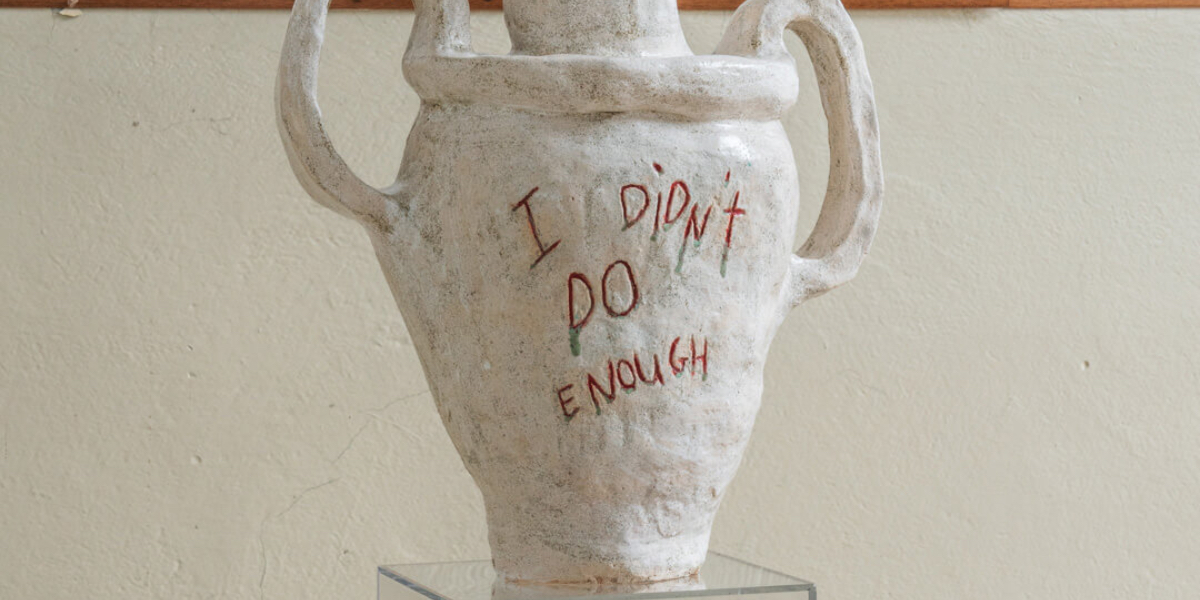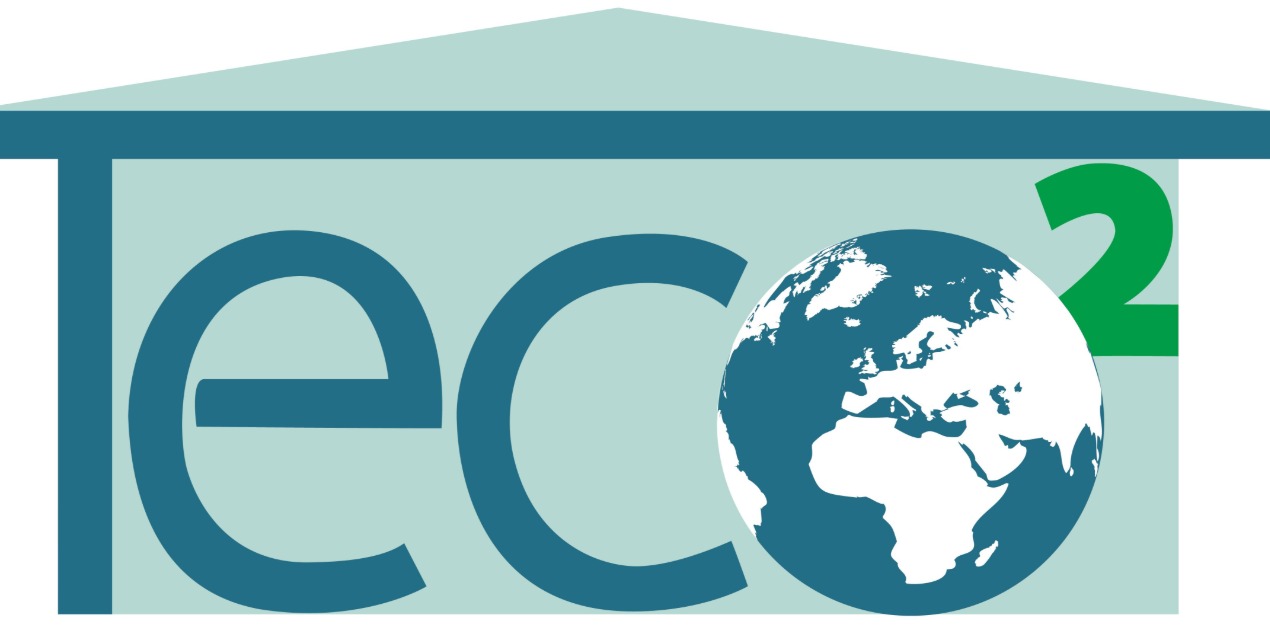AWARD YEAR
2023
CATEGORY
Community
GOALS
Good Health & Well-being, Peace, Justice & Strong Institutions, Trust, Tolerance & Empathy, Generational Harmony
KEYWORDS
mental health, men's mental wellbeing, Removing Stigma, design week, exhibit
COUNTRY
Denmark
DESIGNED BY
Julius Værnes Iversen
WEBSITE
https://confessnow.cc/about/#confessions
Tableau's Confessions
TABLEAU's 'Confessions' addresses the silent crisis in male mental health.
How does it work?
Danish studio TABLEAU collaborated with therapeutic clinic Post Service in an exhibition that explores issues of "toxic masculinity, an inherently female zeitgeist, and the need for a critical examination of the nature of mental health services".
Julius Værnes Iversen, Creative Director at TABLEAU shares, "We have asked 14 artists to produce a functional piece of art in shape of a confession in order to open up a discussion with the public on how we can shape our way of addressing the male mental health in a more open cause of action. "
Examples showcased were:
Nascar Realness by Jacob Egeberg: representing a backseat confession of experiencing a long journey of false self-confidence and betting one's identity on car culture.
I Didn’t Do Enough by William van Hooff : A ceramic vessel in the shape of a trophy has the words "I Didn’t Do Enough" written on it. It expresses the artist’s acceptance of his own negative feelings and learning how to control them.
Why is it needed?
Esben Kaldahl shares that “The artefacts are general reminders to the escapist in all of us to be vulnerable with oneself, to “enter the dungeon” so to speak and face our own darkness — not with sharpened blades and polished armour, but with an openness to whatever resides in the depths."
Tableau Studio teamed up with Post Service since the owner and founder, Xanthippi de Vito, has a specialty with knowledge in mentality. She addresses our way of using therapy in a very modern direction by using art and design as a part of her practice." In this “only male-exhibition”, participating creatives channel their emotions into forms that reveal experimental materiality and sculptural compositions.
Artwork by Victor Isakkson shares that it reminisces the time when Victor was diagnosed with a panic disorder that left him confused in understanding his own genuine feelings, especially when he was with people. It is a confession and celebration to the many faces we dress up in.
How does it improve life?
This exhibit continues an important conversation that has been highly stigmatised in regards to men's mental health and the expectations society have placed on them.
Not only has it allowed a number of artists to explore their own mental wellbeing but to also share that intimacy and evoke a sense of safety and comfort in those who have felt alone prior.







